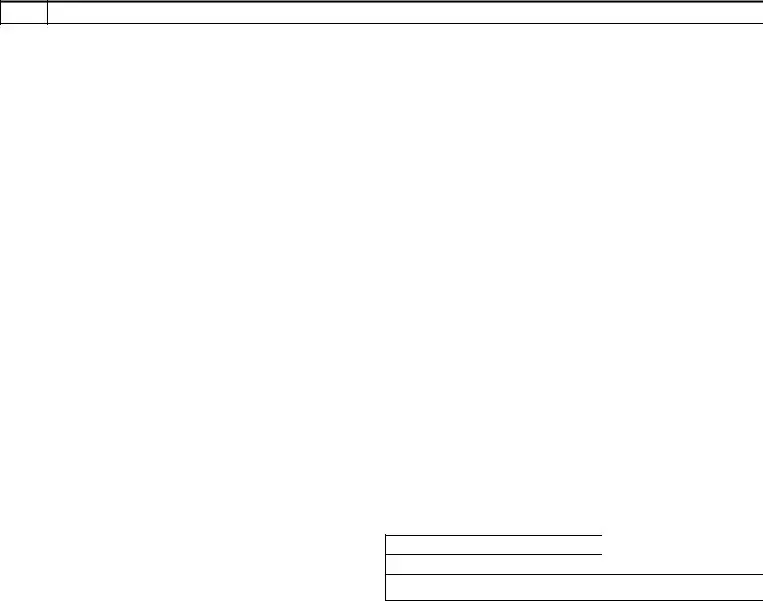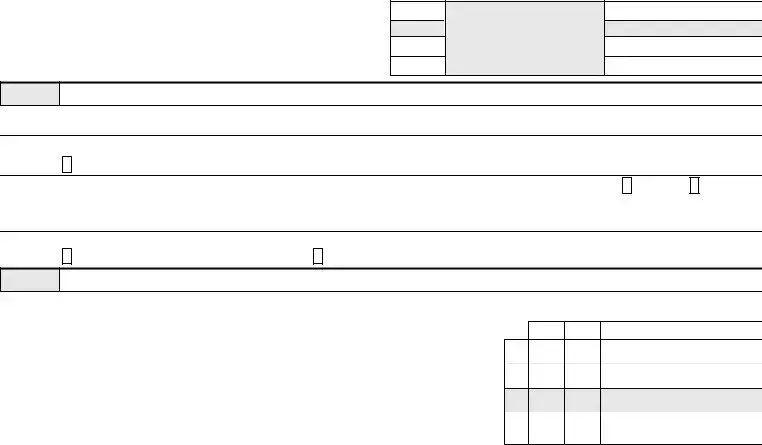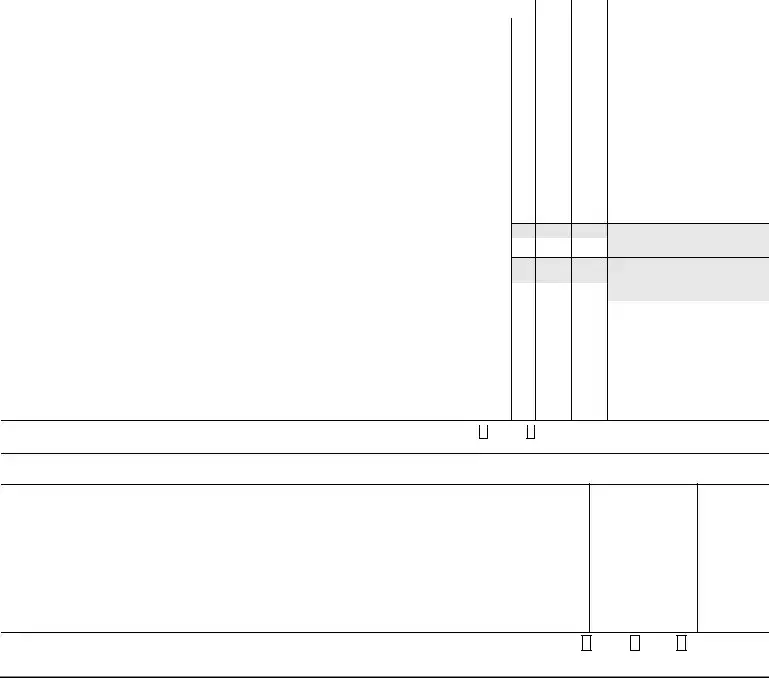What is the H 5500 form?
The H 5500 form, specifically Schedule H, is a financial report that must be filed in compliance with the Employee Retirement Income Security Act of 1974 (ERISA). This form provides details about a pension plan’s financial condition, including its assets, liabilities, income, and expenses. It serves as an essential tool for regulating private pension plans and is designed to protect the interests of participants and beneficiaries.
Who is required to file the H 5500 form?
Generally, any employee benefit plan that qualifies as a defined benefit plan or a defined contribution plan must file this form. Typically, plans with over 100 participants are required to submit Schedule H as part of Form 5500. This requirement helps to ensure compliance with federal regulations and provides transparency regarding the plan’s financial operations.
What information does the H 5500 form collect?
Schedule H gathers various financial data about the retirement plan. This includes the total assets and liabilities at the beginning and end of the plan year, income from employee and employer contributions, investment earnings, and expenses related to benefit payments, administrative costs, and more. It aims to provide a comprehensive financial picture of the pension plan.
How is the data on the H 5500 form used?
The information collected helps federal agencies, such as the Department of Labor and the Internal Revenue Service, monitor and evaluate pension plans’ compliance with ERISA regulations. Analyzing this data can identify any financial issues within the plans and ensure that funds are being used appropriately to benefit participants and beneficiaries.
What are the consequences of failing to file the H 5500 form?
Failing to file Schedule H can lead to significant penalties. Plans may incur monetary fines that vary based on the circumstances and duration of the failure to comply. Moreover, the failure to provide accurate and timely information can raise red flags, potentially resulting in further scrutiny from regulatory bodies.
How can a plan sponsor complete the H 5500 form?
Completing the H 5500 form requires an understanding of the plan's financial situation. Plan sponsors generally gather documents detailing assets, liabilities, income, and expenses before filling out the form. For more complex plans, seeking the assistance of financial professionals or accountants can ensure accuracy. It’s essential to follow the detailed instructions provided with the form, as each section must be filled out carefully.
Is the H 5500 form publicly accessible?
Yes, the H 5500 form is accessible to the public. Once filed, the information becomes part of a public database, allowing transparency for interested parties, including participants, beneficiaries, and researchers. This accessibility helps promote accountability in employee benefit plans.
What should be done if there are corrections needed after filing the H 5500?
If a plan sponsor discovers discrepancies after submitting the H 5500 form, they should take steps to correct the errors promptly. This involves filing an amended return with the appropriate adjustments. Transparency about the corrections made is critical, and the sponsor should keep detailed records of both the original submission and any amendments.
Where can I find additional resources or help regarding the H 5500 form?
Additional resources for the H 5500 form can be found on the U.S. Department of Labor’s Employee Benefits Security Administration (EBSA) website. They provide extensive guidelines and support for plan sponsors. Consulting with legal or financial professionals can also provide valuable insights into specific situations related to the H 5500 form.



